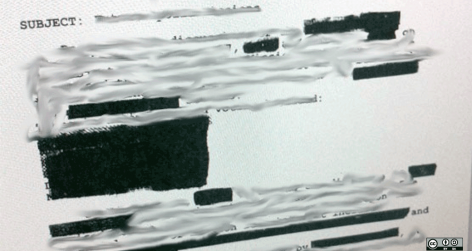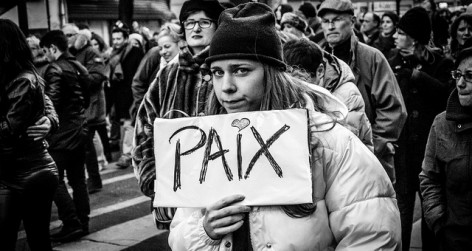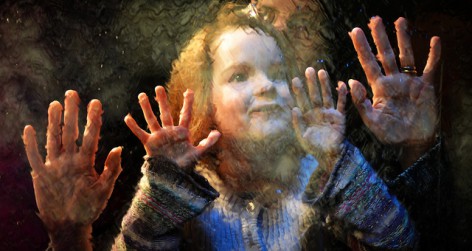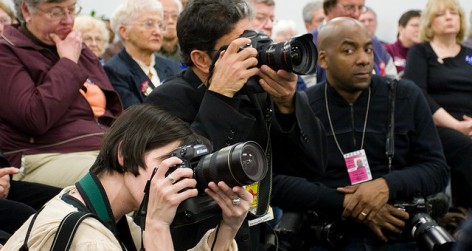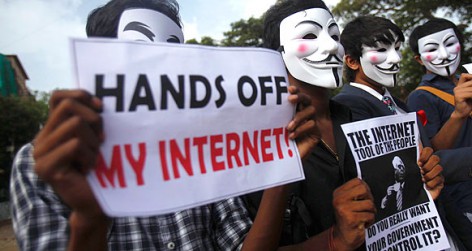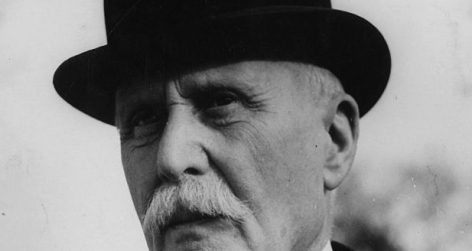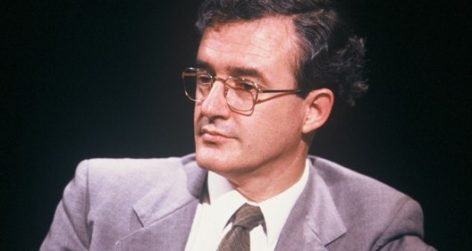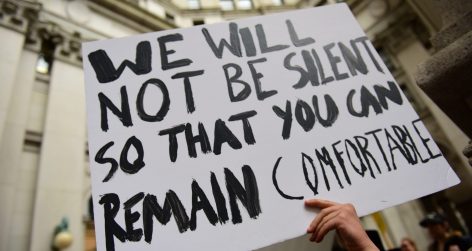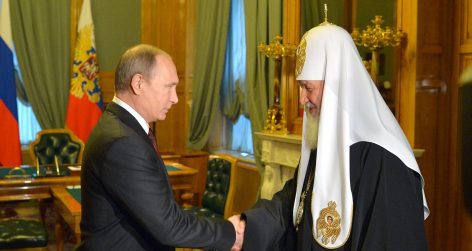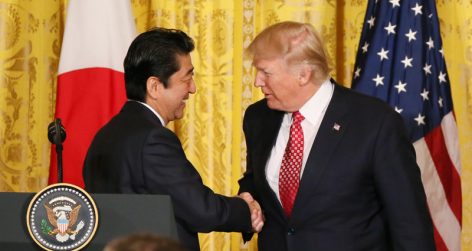Udit Bhatia explores the changing nature of state censorship of film in India and prospects for the future.

It was the colonial government that first initiated film censorship in India through the Cinematograph Act in 1918. Though the act was predicated upon ensuring the suitability of films for an Indian audience, it was often used to prevent the expression of ideas or characters critical of the colonial government. Interestingly, state censorship of cinema was established in India a few years after such a system had been abandoned in Britain, where in 1912, censorship was delegated to the British Board of Film Censors, a non-governmental body.
After independence, the 1918 Act was replaced an act of parliament in 1949, and then again in 1952. The 1952 Indian Cinematograph Act established the Central Board of Film Censorship, later renamed the Central Board of Film Certification (CBFC). The CBFC was tasked with certifying films according to the following categories: “U” (unrestricted public exhibition) and “A” (restricted to adult audiences). In 1983 the categories “UA” (unrestricted public exhibition subject to parental guidance for children under twelve) and “S” (restricted to specialised audiences such as doctors or scientists) were added to this list. Any film intended for public viewing requires a certificate by the CBFC prior to its release.
The CBFC’s existence was questioned on legal grounds in the case of KA Abbas versus Union of India (1970), in which a filmmaker argued that pre-censorship of cinema violated his freedom of speech and expression, guaranteed by Article 19(1)(a) of the Indian Constitution. The Supreme Court of India rejected this argument, highlighting the most frequent objection one finds to appeals against censorship in India. It emphasised that the constitutional provision on free speech allowed “reasonable restrictions” in the interests of “the sovereignty and integrity of India, the security of the state, friendly relations with foreign states, public order, decency or morality, or in relation to contempt of court, defamation or incitement to an offence.” The court also argued that cinema, unlike other media, was fit for pre-censorship as a result of its more immediate and realistic nature. The argument about the specificity of cinema as a medium is often made together with an appeal to the inability of certain categories of persons to be intelligent audiences. Thus, the argument goes, the vividness of cinema renders immature audiences like children and uneducated persons vulnerable to influence and imitation.
The CBFC’s procedures are questionable to say the least. Members of its executive committee are chosen by the Ministry for Information and Broadcasting. Although they are required to function autonomously without governmental interference, two chairpersons, Vijay Anand and Leela Samson, have resigned since 2000, citing interference by Bhartiya Janta Party-led governments. Furthermore, both were succeeded by persons who had either contested elections or campaigned for the ruling party. Concerns over the CBFC’s procedural soundness go beyond its executive body. Its examining committees, which are responsible for certifying films, are not required to give filmmakers a chance to defend their work, or even to record their own deliberations. The CBFC’s tribunal for appeals, the Film Certification Appellate Tribunal (FCAT), is no better. The Supreme Court has pointed out the complete absence of procedures that govern the FCAT’s operations. There are no guidelines governing either the appointment of the tribunal’s members or the appeals process.
It is unsurprising, given the range of procedural concerns that mark the CBFC, that it has often produced decisions considered detrimental to artistic freedom. While such decisions are too numerous to list, some have particularly stood out in their egregiousness. For example, Anand Patwardhan’s film Jung aur Aman (War and Peace) was ordered to undergo 21 cuts by the examining committee as a condition for its release. Although this was reduced to two cuts by the FCAT, Patwardhan refused to make amendments to his film, taking the matter to the Bombay High Court, which ordered the Board to grant a “U” certificate without demanding any modifications. In another controversial case, Ramesh Pimple’s film Aakrosh (Anger), on riots in the Indian state of Gujarat, faced similar opposition from the CBFC before the Bombay High Court intervened.
The court’s intervention in the above cases should not lead us to believe that filmmakers always have ways to combat the censor’s razor. The very existence of the CBFC raises various free speech concerns. First the Board encourages self-censorship, discouraging filmmakers from producing work that might offend censors. Such concerns are heightened by the ambiguity of the censors’ guidelines for instance, the mandate to ensure that “human sensibilities are not offended by vulgarity, obscenity or depravity” or that “public order is not endangered”. It is possible to appeal against the Board’s decision at its FCAT and Revising Committee, in addition to recourse to the courts. However, delays associated with even temporary refusal to certify a film can have considerable financial costs, further encouraging self-censorship.
The censorship regime in India was examined in 1969 by the Khosla Committee, established by the Ministry of Information and Broadcasting. The committee’s report, hailed as too liberal for its times, included the suggestion that the depiction of a kiss or nudity in film, should not in itself be a cause for censorship. This, of course, left open the option that a kiss could be censored if the circumstances, in the judgment of censors, did not require its depiction. More importantly, the Khosla Committee urged that the CBFC should be freed of governmental control, acting as an independent body without rigid guidelines from the ministry. In 2013 the ministry constituted another committee, led by retired Justice Mukul Mudgal, to review the Cinematograph Act. The committee recommended a range of reforms, such as splitting the U/A classification into “12+” and “15+”. Nevertheless, the committee attempted to retain, and even strengthen, state censorship. It took away the right of state governments to ban films certified by the CBFC but affirmed the right of the central government to do so. Furthermore, it granted new powers to the CBFC, allowing it to censor the hitherto untouched lyrics of songs in films. The CBFC, for its own part, released ‘Vision 2040’, a document specifying its agenda for the next few decades. These actions demonstrate that censorship of Indian cinema is here to stay.
Udit Bhatia is a doctoral student in political theory at Oxford.
